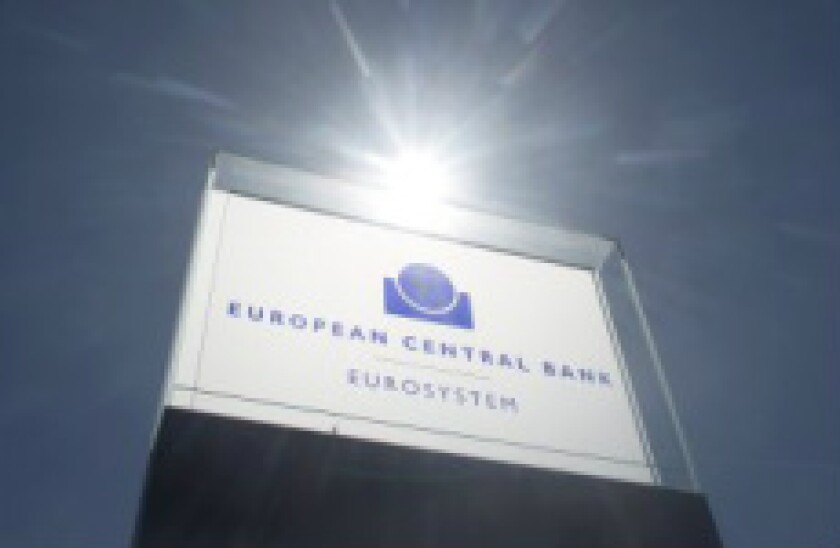While seemingly benign, the phrase will sound ominously throughout the market, with such guidance expected to effectively cap deal leverage at six times. Bankers will complain, much like the one who happened to be sat next to the ECB official at the time, but there’s not much case for the defence.
Similar guidance introduced in the US over three years ago hasn’t exactly tolled the bell for the leveraged finance market across the pond.
Considering average leverage levels are lower in Europe, it’s difficult to foresee a similar six times cap tolling many bells here either.
If private equity doesn’t have the option of a major European bank willing and able to underwrite excessive structures, then that is no bad thing.
Indeed, in a room where the atmosphere was growing increasingly tense, the official’s highlighting of distribution risk was especially poignant.
Veritas’ failed $5.6bn leveraged buy-out syndication, for example, late last year failed not because investors fundamentally disliked the credit. They disliked the leverage numbers — S&P put it at over eight times.
As such the deal became the largest failure of the year in the trans-Atlantic leveraged finance markets, sitting on the banks’ balance sheets for over six months, costing them millions.
The ECB is seeking to avoid such occurrences generating much more alarming systemic stress if and when investors take fright, and more and more failed syndications start to appear. It is not seeking to kill off leveraged finance, in fact it is saving it from destroying itself. For that the regulator should be applauded.
